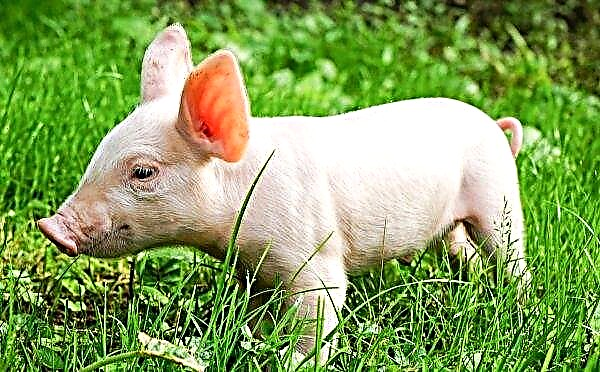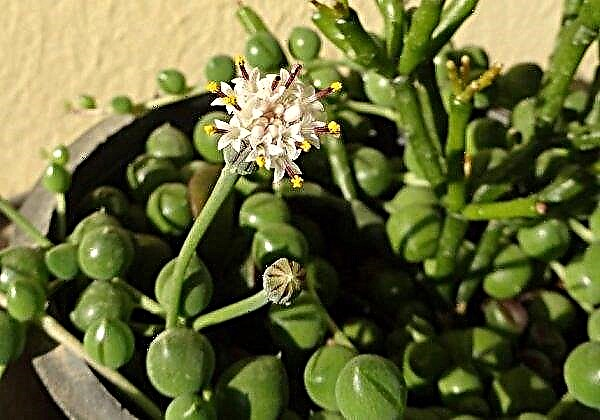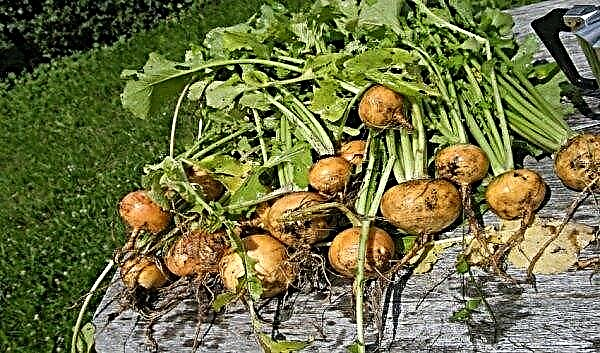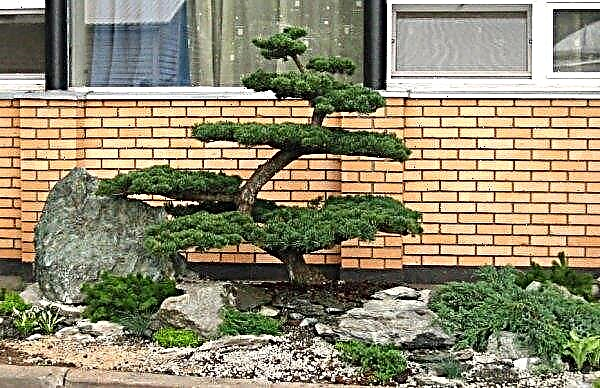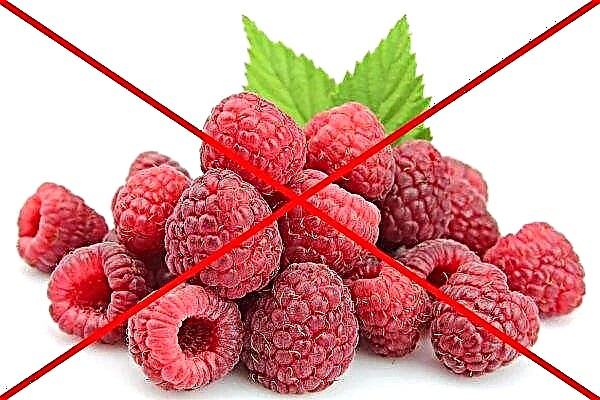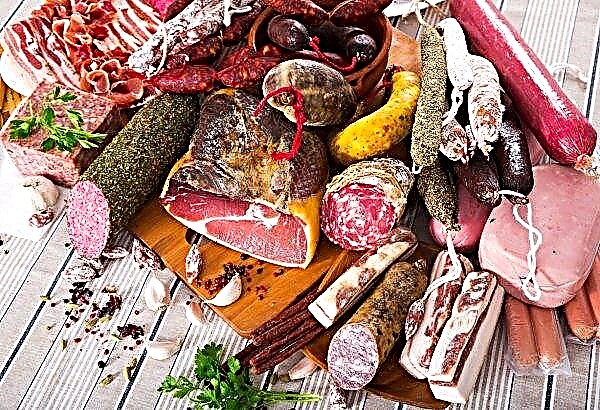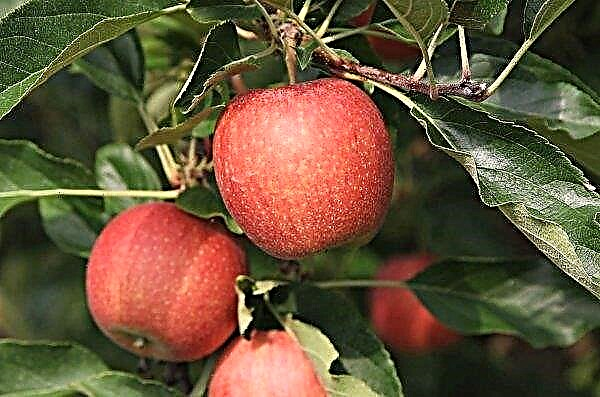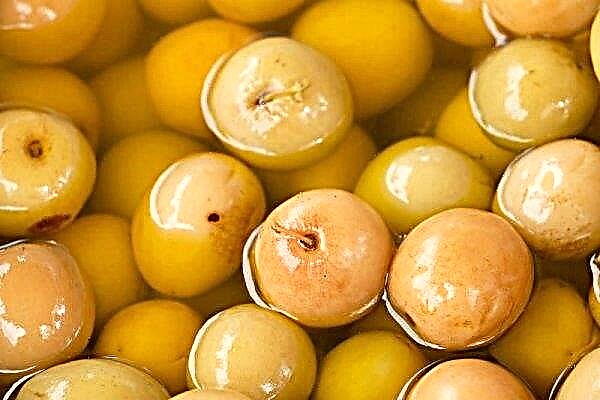The Decembrist houseplant (other names - Christmas tree, Schlumbergera, zygocactus) belongs to the tropical forest epiphytic cacti, which traditionally bloom in late autumn and present bright and lush inflorescences by the December-January holidays. For this feature, the flower got its "winter" name. The flowering period is the most important for the grower, since the duration of flowering itself, as well as the quality of the buds, depends on the proper care of the plant during this period.
Features of the flowering period of the Decembrist
While buds are opening, the Christmas tree bush is covered with bilaterally symmetrical flowers of various colors (most often lilac, red, white, pink, purple, orange). The flowers are located at the ends of the serrated shoots of the plant.

In an apartment’s apartment, the buds of the plant are not very large, although in the homeland, in the tropics of Brazil, flowers can be up to 8 cm in size. Without proper care, it is impossible to achieve blossoming of inflorescences in the culture. This will help to prepare zigocactus for this period and create optimal conditions for it.
Did you know? Rozhdestvennik is a long-lived plant, since with proper care the culture, being in one place in the apartment, can safely grow and develop up to 20 years, and in a greenhouse or botanical garden - up to 150.
How much time and how often the Decembrists blooms at home
At home, the culture blooms annually once, subject to proper care and given the seasons.
Throughout the calendar period, the Decembrist prepares for the flowering season and goes through the following stages of development:
- vegetation;
- a state of rest in which preparation for flowering is in progress;
- bloom;
- the period of rest and recovery after flowering.
The flowering of the Decembrist in most cases begins in November and ends in March. Determining that the bush is about to bloom is easy.
This process is as follows:
How to care for Decembrist at home
Home care is based on the following principles:
- in stimulation of flowering;
- in the right actions during flowering;
- supporting plant health after flowering.
Did you know? Zigocactus is able to choose the flowering time for itself, depending on the weather: if it was hot in April and the culture was watered more often than usual, then it blooms earlier - in November-December. With late summer, the plant will bloom later - in January or even February.
So that it blooms
The plant loves balance in care, especially in anticipation of flowering.
To stimulate this process in a Christmas tree, it is very important to create stable and optimal environmental conditions for him:
- For future plentiful budding the bush needs a small, low narrow-shaped container.
- Acceptable for zygocactus the nutritional composition of the soil will be a mixture of humus and coarse sand (1: 1), with the addition of peat and charcoal.
- Since mid april the culture is fed with complex fertilizers with a high nitrogen content (1-2 times in 30 days).
- At the beginning of August the flower is shed with potash fertilizers, which stimulate the planting of buds.
- In the end of August - in early September, top dressing and frequent spraying are stopped, and watering is reduced to a minimum, because before flowering, the crop needs to provide a rest period of about 50 days (at this time the flower gains strength for laying buds).
- The bush must not be moved from place to place (especially in early autumn, with a reduction in daylight hours, since the plant needs similar lighting conditions for future buds to appear).

During flowering
Caring for a flowering Christmas tree is based on the following principles:
- For active bud formation you need a cool room with a temperature of + 12 ... + 18 ° C (at higher temperature indicators, the plant will strengthen the shoots, and not produce buds).
- Not allowed sudden changes in room temperature.
- During flowering, watering and top dressing should be renewed carefully. After resuming the irrigation schedule, it is necessary to regularly moisten the soil after it dries out once every 3-5 days, especially at a high temperature in a room with operating heating devices.
Important! Although Christmas people are very fond of spraying, during the blooming of flowers, this procedure should be abstained. Moisture falling on the buds contributes to the fading of the coloring pigment on the petals in the sun, from which the flowers look faded and unkempt.
- When kept in cooler conditions it is better to refrain from heavy watering, so as not to provoke acidification of the soil in the pot and, as a result, rotting of the root system.
- Diffused lighting is welcome. with the location on the east window, without direct sunlight, since the scorching rays of the sun, as well as a dense shadow, badly affect the budding.
- Since the formation of the buds under the plant make potassium-phosphorus fertilizers (1 time per month).
- In winter, they use additional lighting with phytolamps.

After flowering
The end of the flowering period of the Decembrist is marked by the drying out and decay of its inflorescences.
Further plant care is as follows:
- In the faded plants, the upper part of the stems is removed (for greater bushiness of the plant in the next season).
- Feeding is applied once for flowering plants.
- Frequency of watering reduced again; the bushes are watered exclusively with boiled water at room temperature or slightly warmed up.
- Subsequently, watering stops for 2-3 weeks (during the dormant period), and after this time, carefully resume again.
- Can be sprayed plant with warm water.
- At the end of the flowering period Christmas is better in a cool room.
- Indispensable long-term ventilation of the room (without drafts).
- In early spring, when new segments appear on the flower, the culture is transferred to a new container and fertilizing is resumed, introducing nitrogen-containing fertilizers.
- When setting spring temperature air not lower than + 10 ° С, containers with Christmas trees can be taken out onto the street.
Important! If during the planned transshipment of the Decembrist, his roots are slightly damaged, they are washed in water heated to +36°C, remove damaged areas, and only after that they plant it in a new substrate.
Possible growing problems
Despite the fairly simple care of the Decembrist, an inexperienced grower may encounter some problems when growing it, for example, the lack of bud formation, falling inflorescences or plant damage by diseases and parasites. This usually happens if the owner of the flower cares for him incorrectly.

Why blooms poorly
Here are some common mistakes in caring for a Christmas tree that contribute to poor flowering or a complete lack of flowers:
- lack or excess of lighting;
- sudden changes in temperature in the room;
- moving a flowerpot with a flower from its usual place;
- an excessively large and tall container in which the flower develops an excessive volume of the root system, and it directs all its forces to its development;
- the soil in the pot does not meet the requirements for flowering zygocactus;
- there is no timely additional feeding of the culture;
- the plant did not have a dormant period;
- flooding the soil with water or vice versa, excessive drying of earthen feed in the pot;
- improper phyto-orientation of the flowers with frequent rotation of the pot with the plant (usually the flowers are oriented to the sun, therefore, with frequent rotation of the flowerpot, the laying of inflorescences may stop);
- the location of the bush on the sunny side without shading.
Why do flowers fall
Another problem with growing a Christmas tree is the fall of its buds that have already appeared. The causes of the problem may be different.
Among them:
- rearrangement of the pot during flowering to another place or under direct sunlight;
- plentiful watering;
- lack of moisture in both soil and air;
- drafts;
- non-nutrient soil in a flowerpot;
- damage to the plant by diseases of fusarium, phytafluoride, phytium, in which not only buds, but also leaves wither and fall (usually the treatment of these diseases is not effective, therefore plants are destroyed along with the flowerpot);
- if the flower has not been transplanted for a long time.

Decembrists can also be attacked by harmful insects, such as a spider mite, scabies, powdery mealybug, or get infected with powdery mildew (insects are destroyed by Actellik and Fitoverm insecticides; in case of powdery mildew, it is necessary to change the soil in the flowerpot and reduce plant watering )
As you can see, growing a Decembrist in an apartment is not associated with the observance of excessively laborious rules and requirements. If the florist can organize at home conditions for culture that are close to natural, then the abundant flowering and healthy appearance of the Christmas tree will please its owner throughout not only the coming winter, but also for long years.

